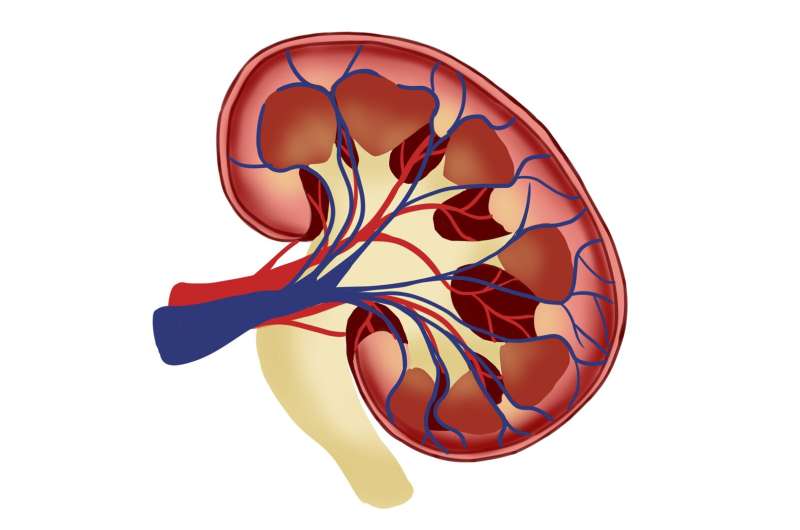Breakthrough in Treating Rare Kidney Disease C3G with Targeted Therapy

A groundbreaking treatment for the rare kidney disease C3G has been developed, targeting its underlying immune cause. Clinical trials show promising results in preventing kidney damage and disease progression. Learn more about this medical breakthrough.
Researchers at Newcastle University have unveiled a pioneering treatment that directly addresses the root cause of the rare kidney disorder known as Complement 3 glomerulopathy (C3G). This marks a significant advancement in the management of this often devastating disease, which previously lacked effective treatment options.
In their recent publication in The Lancet, the team demonstrated that the medication iptacopan, developed by Novartis, can prevent the complement system—a part of the immune response—from inflicting damage on kidney tissues. This innovative therapy halts protein leakage into the urine and stabilizes kidney function, offering hope for improved patient outcomes.
The clinical trial, named APPEAR-C3G, involved participants from around the globe and compared iptacopan against a placebo. The results confirmed that the drug is both safe and effective, preventing the progression of C3G and reducing the likelihood of advancing to end-stage kidney failure.
C3G occurs when the complement system becomes overactive, attacking the body’s own kidneys, specifically the glomeruli, the tiny filters responsible for blood purification. Until now, therapies couldn't effectively halt this process, often resulting in patients requiring dialysis or experiencing disease recurrence even after kidney transplants.
Speaking about the significance of these findings, Dr. Edwin Wong, a nephrologist and lead investigator, emphasized that this treatment not only prevents damage but also targets the fundamental immune system dysfunction underlying C3G. Professor David Kavanagh highlighted that this breakthrough offers hope for a disease that previously had no targeted treatment.
The collaborative effort involved researchers, clinicians, the pharmaceutical industry, and patients, demonstrating the importance of global partnerships in tackling rare diseases. Moving forward, further research will explore optimal treatment durations and long-term effects, aiming to refine the therapy's use. Patients and families affected by C3G now have a new therapeutic option that could dramatically change disease prognosis and quality of life.
Stay Updated with Mia's Feed
Get the latest health & wellness insights delivered straight to your inbox.
Related Articles
Essential Insights from a Respiratory Specialist on Managing and Understanding Asthma
Learn essential insights from a respiratory specialist on the causes, diagnosis, and latest treatment options for asthma, emphasizing the role of environment and allergy management.
Healthcare Spending Expected to Surpass Economic Growth from 2024 to 2033
Projections show US healthcare spending will outgrow the nation's GDP between 2024 and 2033, reaching over 20% of the economy by 2033. Learn about the key trends and implications.
'Rogue' Scaffolding Cells Could Unlock New Therapeutic Strategies for Multiple Diseases
New insights into fibroblast diversity reveal their central role in multiple diseases, opening possibilities for universal drug targets and innovative treatments across various tissues.



